Faith Ringgold was born in 1930 in Harlem, New York City, her parents had been part of the Great Migration which was the relocation of six million African Americans from the deep south to the more urbanised North during the first half of the 20th century. With the beginning of the First World War in 1914, less people were migrating from Europe to the US and this led to a shortage of industrial workers in the cities. Strictly enforced segregation laws and lack of jobs in the south led many Black people to abandon their homes and go to cities like New York, Chicago, Philadelphia and Detroit. In the city they found jobs in factories, slaughterhouses and foundries and although these jobs were often dangerous they were preferable to working in the fields and were a good opportunity to make decent money compared to the money they’d be making in the South. Housing in the city became a big problem, segregation was not legal in the North, however, racism was still widespread across the United States and many white property owners would not sell or rent to Black people, this led to Black people creating their own neighbourhoods within the city. Harlem is an example of this, initially a bougie upper class white neighbourhood in the 1880s, over development led to many empty buildings that landlords were desperate to fill, first a few middle class Black families moved in which caused the “upper class” white people to flee and by the 1920s around 200’000 African Americans were living in Harlem and a new urban African American culture was emerging. Harlem became the epicentre of Black Culture and many of the most influential writers, artists, musicians and thinkers of the time lived there, people like Langston Hughs, Duke Ellington and Zora Neale Hurston. Duke Ellington was actually one of Faith’s neighbours.
Jazz Stories Mama Can Sing, Papa Can Blow
These pieces are inspired by Sugar Hill, the Harlem neighbourhood that Faith grew up in and the music that punctuated her early memories.
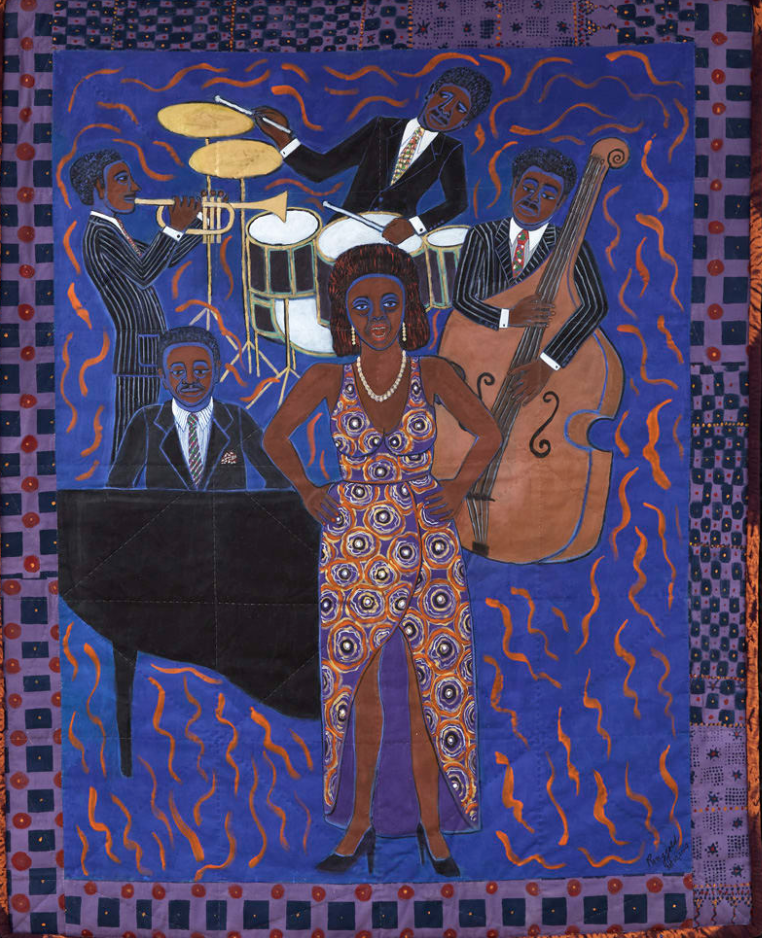
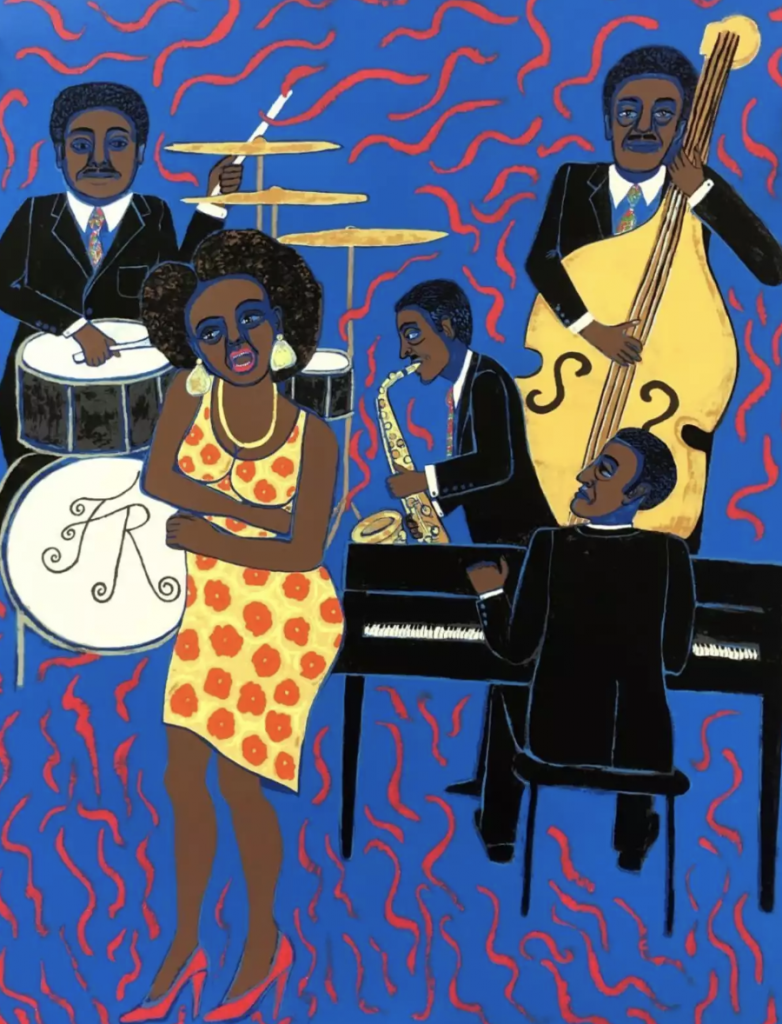
If you love jazz music and ever find yourself in New York City on a Sunday afternoon, I would recommend you visiting 555 Edgecomb Avenue, Sugar Hill, Harlem. Majorie Eliot holds a jazz parlour there in her apartment every week. Many years ago when Marjorie arrived in Harlem from Georgia the now historic building was also the home of jazz legends including Duke Ellington, Count Basie and Paul Robson who she played with.
“I grew up in Harlem during the Great Depression. This did not mean I was poor and oppressed. We were protected from oppression and surrounded by a loving family.”
Faith Ringgold
Faith Ringgold spent a lot of her childhood at home because she suffered from really bad asthma, her mother, who was a fashion designer, encouraged Faith to pursue Art teaching her to sew and make patterns and her grandmother taught her how to quilt. The tradition of quilting had been passed down from Faith’s great grandmother who had been a slave. In the South there is a strong tradition of quilting, “passed down through generations, from times of slavery when women would save old scraps of clothe and worn out clothes to create quilts, […] The materiality of these objects speak not only to sustainability but to the spirit that they encapsulate.” Later quilts would be made and sold to raise money for the civil rights movements. You can read more about that here.
African American communities have strong oral traditions, stories that are passed down through generations and Faith’s father was a masterful storyteller, her art encapsulates the gifts both her parents gave.
Tar Bridge
This is a quilt that Faith made in 1988 as the first piece in her Woman on a Bridge series
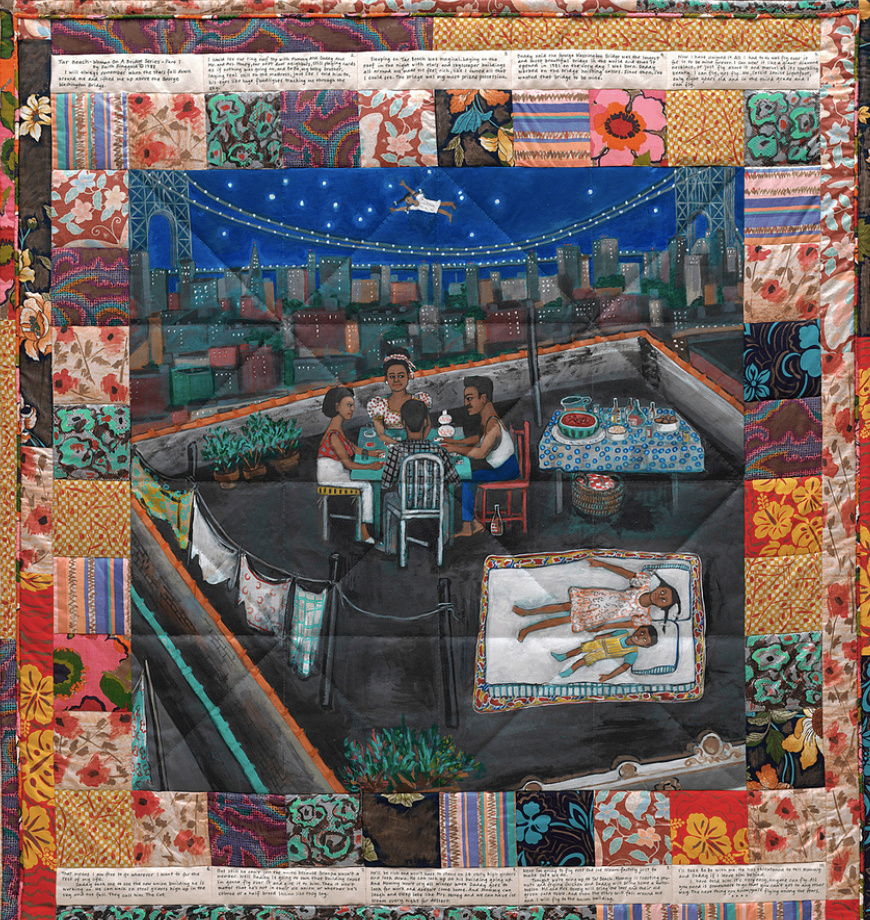
This piece is a hand painted quilt that depicts a family on the roof of their building. This was a time when buildings didn’t have AC so in the evenings families would congregate on the rooftops under the stars. Tar Beach tells the story of Cassie Louise Lightfoot, her father had helped build the George Washington Bridge and now she flies over it reclaiming it, this is a powerful reimagining of the American Dream which often excludes Black women.
excerpt from the text on Tar Bridge
“Sleeping on Tar Beach was magical. Laying on the roof
in the night with stars and skyscraper buildings all around
me made me feel rich, like I owned all that I could see. The
bridge was my most prized possession. Daddy said the George
Washington Bridge was the longest and most beautiful bridge in
the world and that it opened in 1931 on the very day I was born.
Daddy worked on that bridge hoisting cables. Since then, I’ve
wanted that bridge to be mine.
Now I have claimed it. All I had to do was fly over it for it to
be mine forever. I can wear it like a giant diamond necklace, or
just fly above it and marvel at its sparkling beauty. I can fly, yes
fly. Me, Cassie Louise Lightfoot, only eight years old and in the
third grade and I can fly. That means I am free to go wherever I
want to for the rest of my life.”
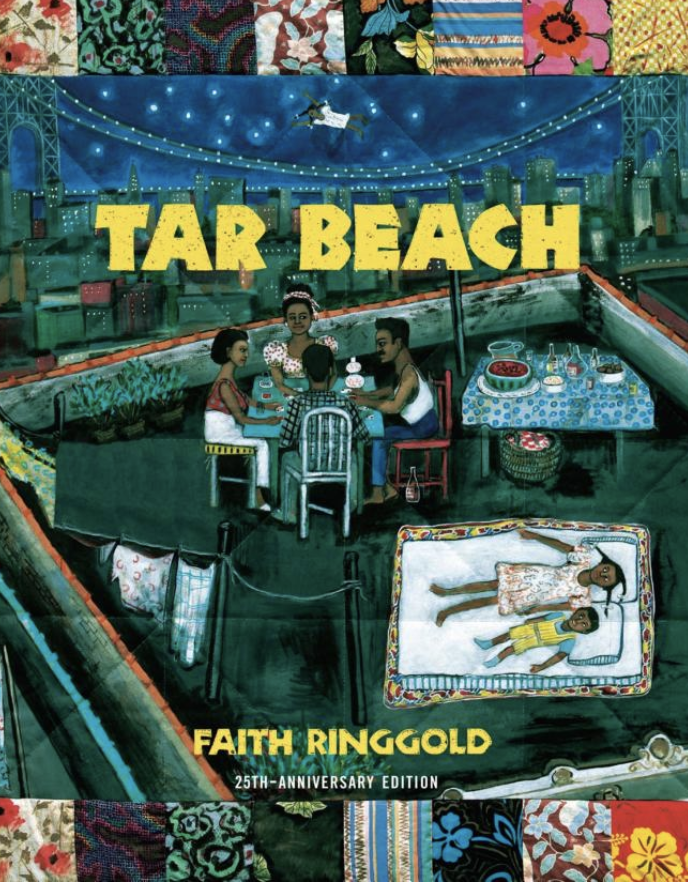
The Sunflower Quilting Bee at Arles
After getting her masters degrees in 1959, Faith Ringgold to a trip to Europe to see the work of the Impressionists and Cubists, people like Van Gogh, Monet, Picasso etc the “masters” However the thing that struck her the most about what she saw was the remarkable absence of any artists of colour. So when Faith got back she started exploring European Art but from a Black perspective, many years later in 1991 she created this piece.
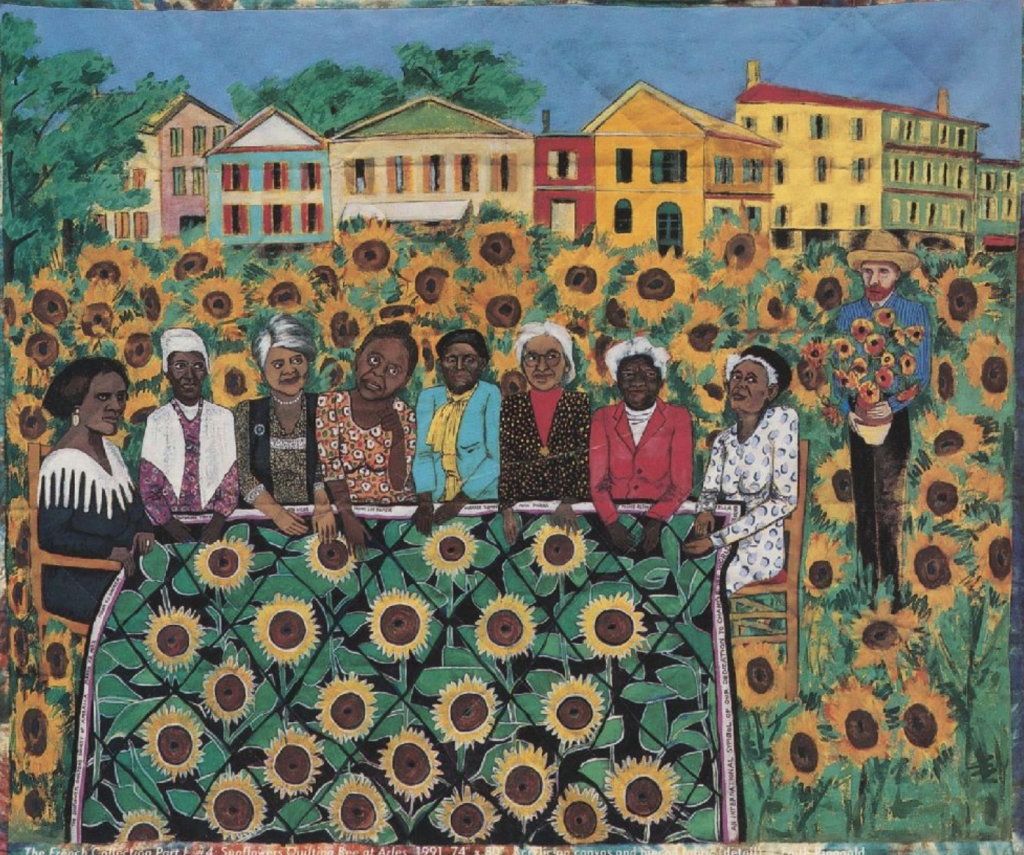
It’s believed that Vincent Van Gogh painted around 300 paintings in Arles, Madam Walker, Sojourner Truth, Ida Wells, Fannie Lou Hammer, Harriet Tubman, Rosa Parks, Mary McLeod Bethune, and Ella Baker, important women in Black American History are implanted into this world they collaborate, working together to sew a quilt of sunflowers. Behind them is Van Gogh coming to offer his famous vase of flowers to the women as a sign of respect.
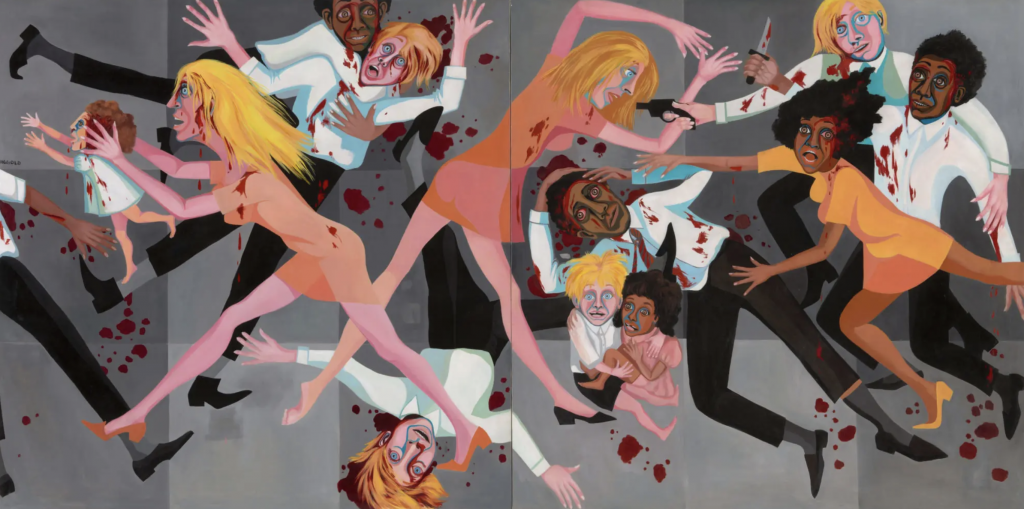
Some of my favourite Faith Ringgold pieces…
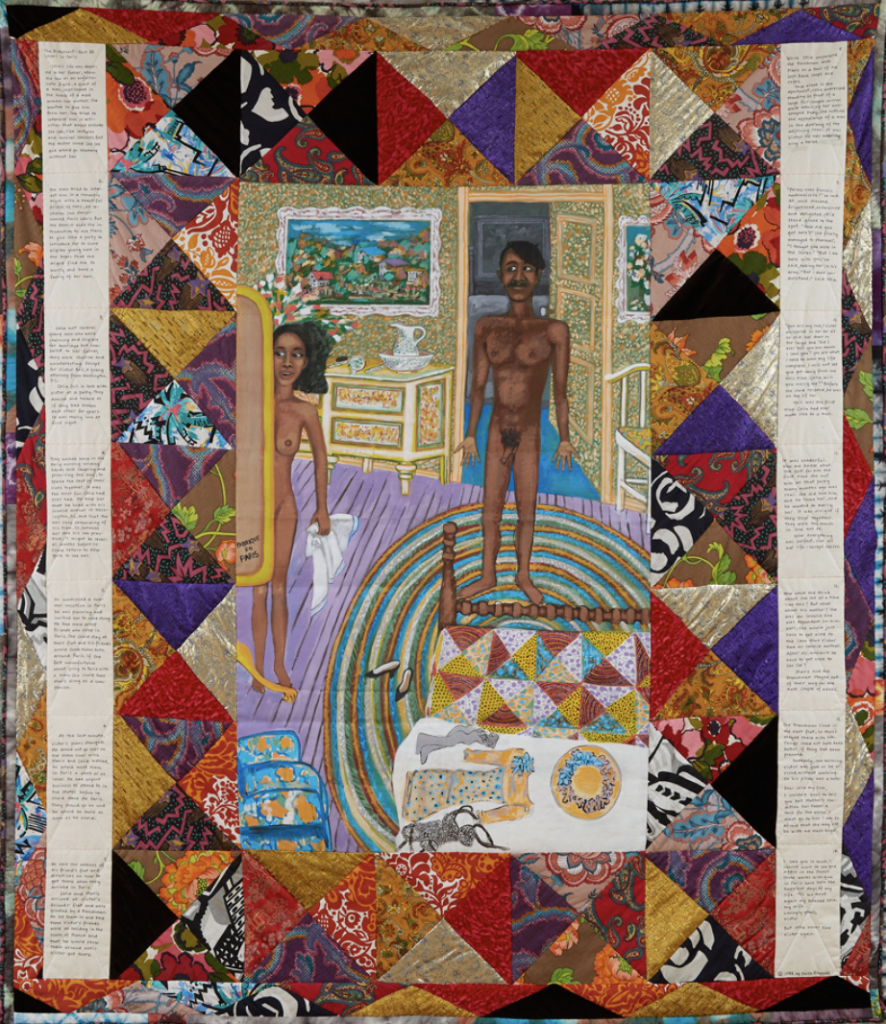
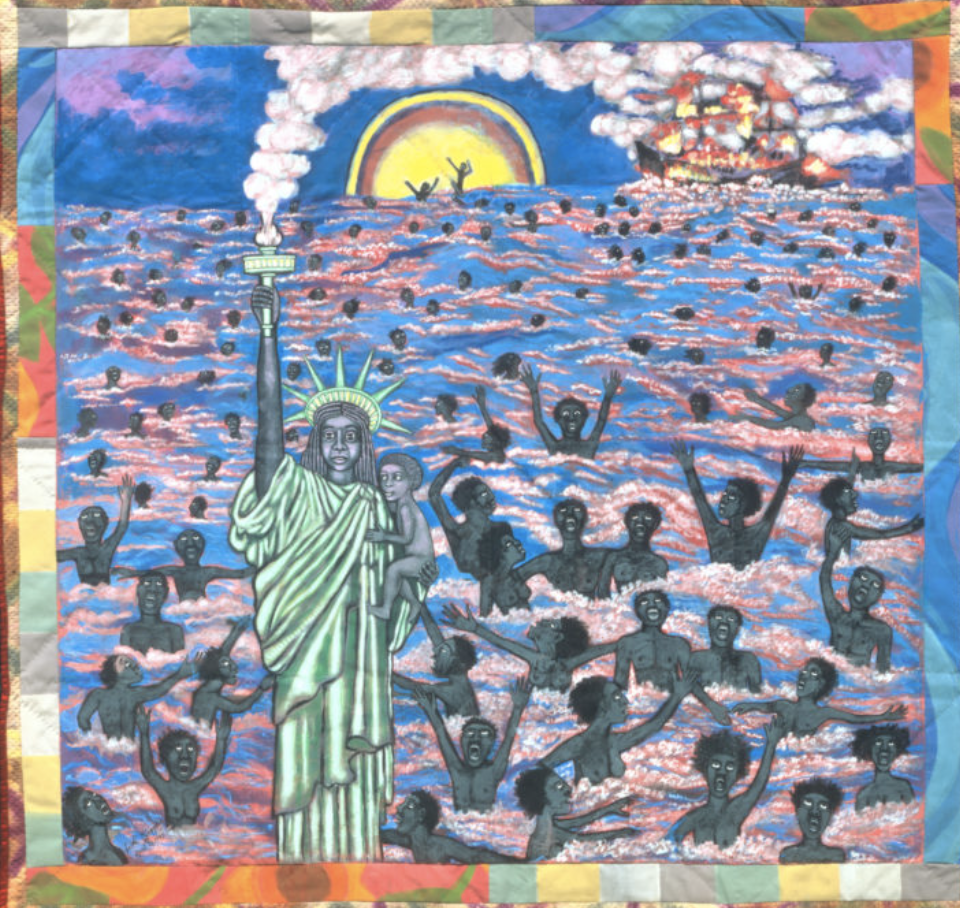
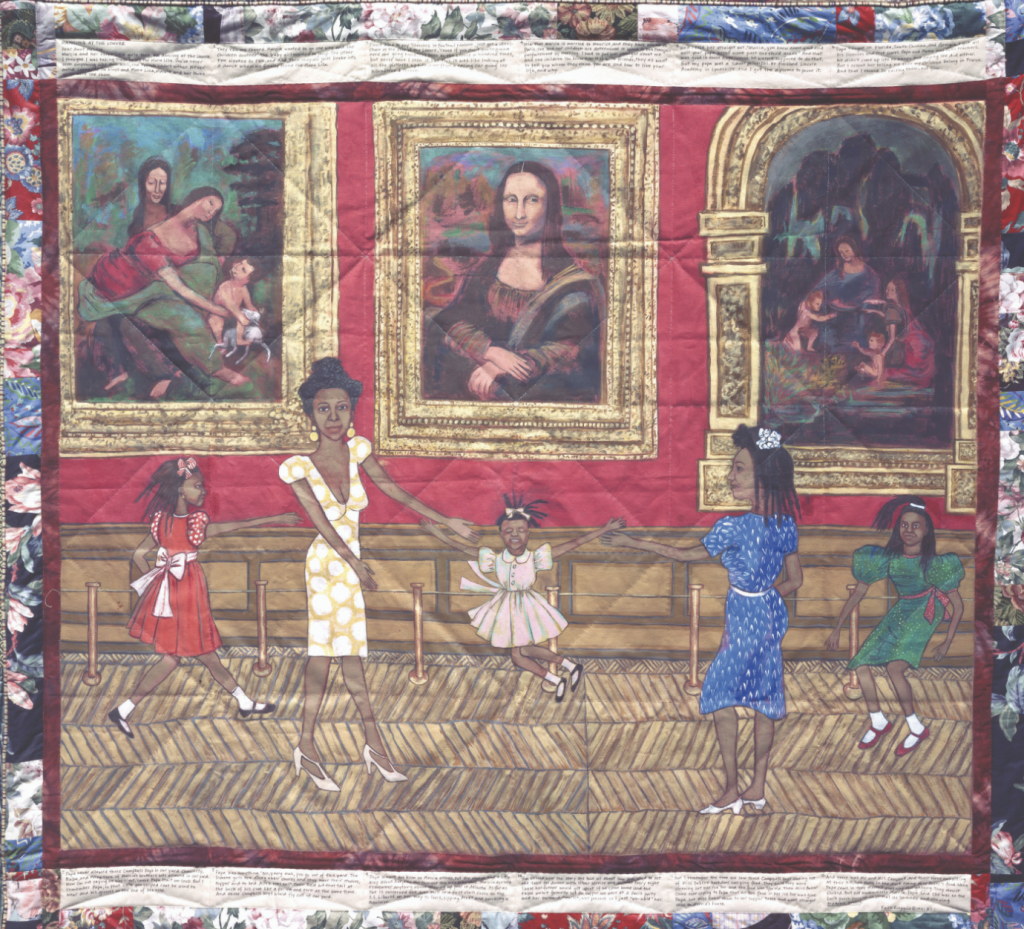










Leave a Reply